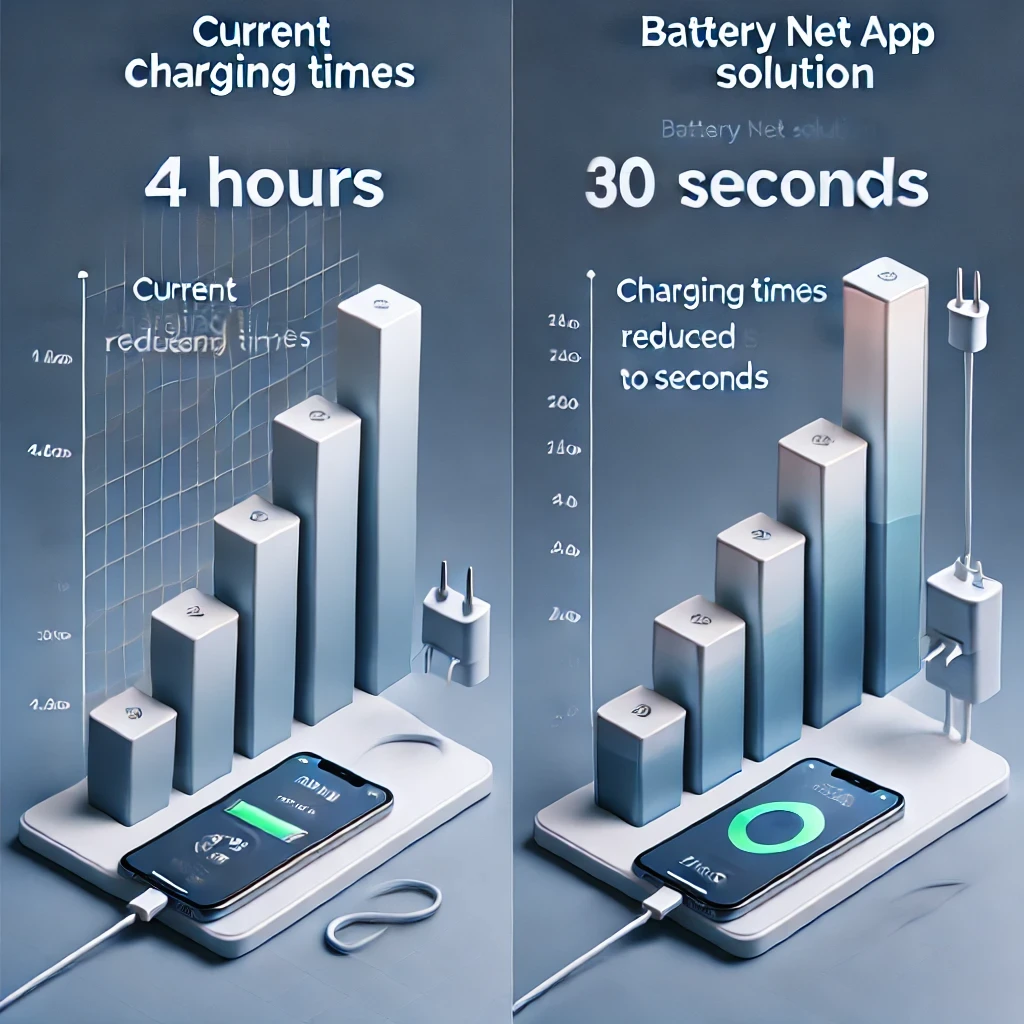2. What problems do we solve? – Summary
2. What problems do we solve? – Short Version
2.1 – Context and Current Situation:
Analysis of the current market and its challenges
The market for light electric vehicles (skateboards, motorcycles, and electric bikes) is growing, but it faces several hurdles preventing its mass adoption. Although the demand for sustainable mobility solutions continues to increase, there are significant challenges that need to be overcome:
- Limited range: Current batteries do not offer enough range for long trips, limiting the functionality of light electric vehicles.
- Shortage of charging points: The charging stations are few and poorly distributed, forcing users to deviate considerably from their usual routes.
- Time to Recoil
 Prolonged GA: Recharging a battery can take up to four hours, making electric mobility impractical for many users.
Prolonged GA: Recharging a battery can take up to four hours, making electric mobility impractical for many users. - Premature battery wear: Fast recharges accelerate battery wear, reducing battery life and increasing long-term operating costs.
- Inadequate infrastructure: The current charging network is not prepared to support a mass adoption of light electric vehicles, slowing down the expansion of the market.
These issues limit the widespread adoption of electric mobility. The Battery Net App offers innovative solutions to overcome these challenges and facilitate a faster transition to sustainable mobility.
2.2 – Limitations of Existing Solutions
Criticisms of Current Solutions and Their Inadequacy
Current EV manufacturers’ solutions fail to comprehensively solve key market challenges:
- Insufficient battery capacity: Although they have improved in energy density, batteries still require frequent recharging and are expensive.
- Limited charging infrastructure: The increase in charging stations does not solve distribution problems or long charging times.
- Unfeasible for long trips: Long journeys still imply cumulative recharging times that exceed 20 hours, which discourages users.
- Fragmented compatibility: Lack of standardization between batteries and charging stations creates integration issues and an inconsistent experience
 .
. - Hidden costs: Fast recharges wear out batteries faster, leading to additional costs for users and affecting the perception of long-term value.
In short, current solutions are not enough to unlock the full potential of the light electric vehicle market. Battery Net App It proposes a radically new approach that improves autonomy, accessibility and efficiency, making them more attractive to users.
Luckily, all this is going to be history thanks to the Battery Net App project and technology


